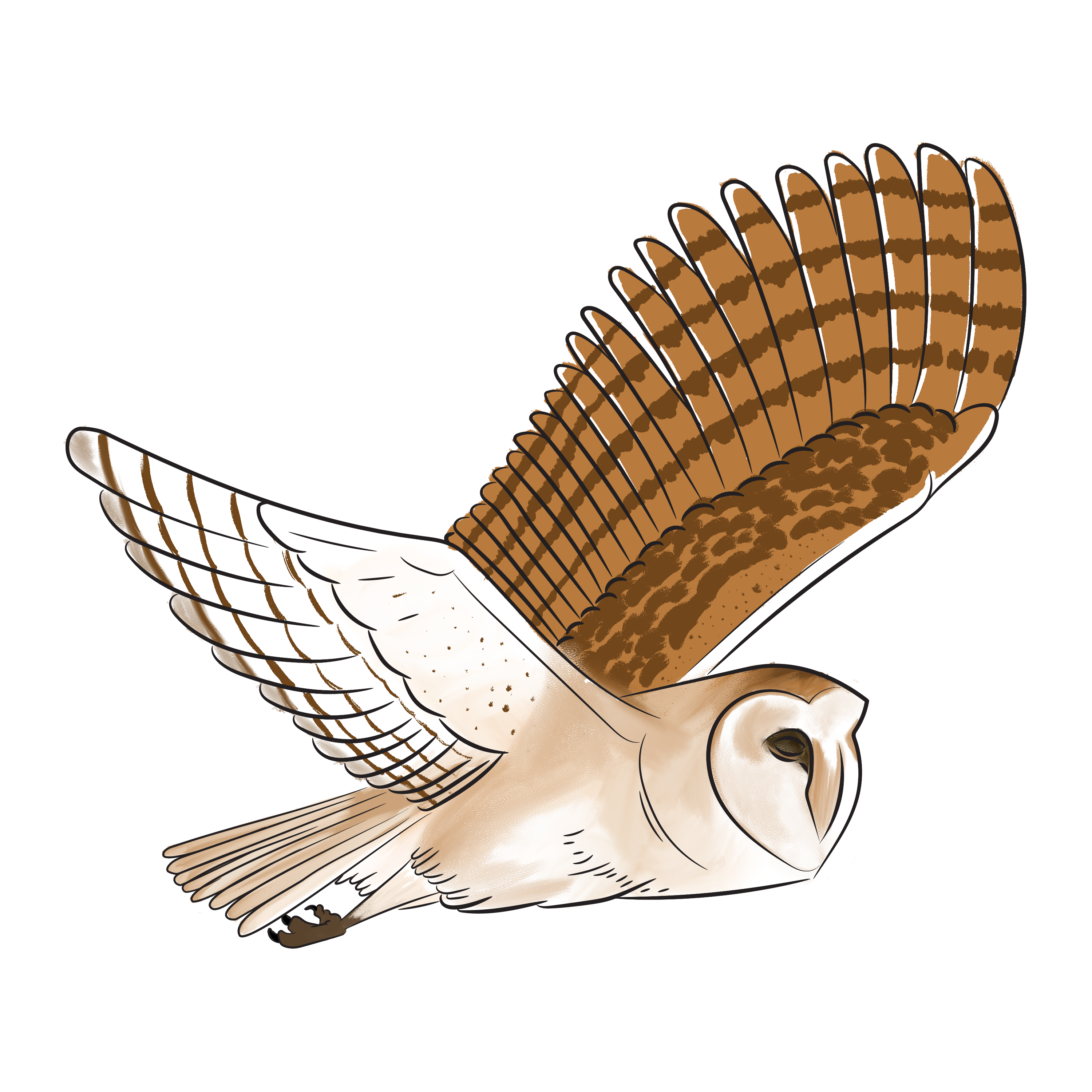
Dispatch From a Technical Writer: Inspirations From Disney
By Bri Hillmer on Writing docs from November 10, 2016
A week ago today I returned from a whirlwind trip to Walt Disney World with my coworkers and their families in celebration of SurveyGizmo's 10-year anniversary.
To be honest, I began the trip as a skeptic. I remember enjoying Disney World as a kid but that was a long time ago, longer than I would like to admit. I wasn't sure that my imagination would be as easily captured as an adult.
I decided that I would treat the trip as a reconnaissance trip. After all, SurveyGizmo's CEO has always cited Disney as a source of inspiration. Many other people I respect are similarly inspired by Disney. I thought, at the very least, I would come away with some ideas to improve my documentation.
Here is what I learned from my trip!
Experience is King
Disney is known for customer experience. It's not possible to overstate this. I witnessed this to the nth degree. During my visit, it was very apparent that customer experience comes first at Disney. To have mastered customer experience so completely I assume two things must be true. One, no expense is spared. Second, customer experience is constantly evaluated.
No Expense is Spared
Based on my experience, I assume Disney must spend a lot of money managing the customer experience. I became aware of this weeks before my actual trip started when I received my magic band (a.k.a. park pass). The packaging and presentation were impressive. This set the tone for the rest of the trip. It became like a treasure hunt for me. I spent much of my trip looking for the thoughtfulness and engineering behind everything I experienced.
The over-managed experience (a Disney term) makes a huge impression. It's exciting, welcoming, and, probably most important, it makes you feel good about the money you've spent.
Experience is Constantly Evaluated
I assume a significant part of the money Disney spends managing the customer experience must be spent on evaluating it. Really good customer experience is not something you implement once. Instead, it is ever evolving.
I've already received a couple of surveys from Disney. These surveys are certainly one way to measure experience. But I'm certain the surveys only scratch the surface.
I suspect that Disney has a systematic way of gathering feedback from their employees. I say this because every cast member (all Disney employees are called cast members) I talked with seemed genuinely happy in their role. It is hard to achieve this level of employee satisfaction without allowing employees to shape the customer's experience and what they are able to do for their customers.
I also noticed manager-type employees, all of whom wielded trash pickers like badges of honor. These managers all seemed to be simultaneously surveying the customer experience.
Tell a Story
Nearly every ride, experience, show, restaurant, etc. at Disney has a story. By framing a ride or restaurant using a larger story Disney creates meaning and evokes emotion.
In fact, Disney turns the whole concept of content marketing, an instrument for storytelling, on its head.
Where most brands start with a physical product and then build a story around it in the form of “content marketing,” companies like Disney do exactly the opposite. They create a brand story - a movie – and then build products around that story.[1]
At Walt Disney World there are layers and layers of stories that ultimately communicate everything Disney believes, makes, does, and says. It's incredibly engaging.
Innovate
I was fortunate to have Marybeth Alexander, KnowledgeOwl's CEO, as my guide on the trip. She's a Disney enthusiast and knows many backstories about Disney.
She shared with me the evolution of FastPasses; these passes to shorter lines for rides, shows, and attractions at Walt Disney World parks.
The original incarnation of the FastPass was a paper pass obtained by the customer at a station by the ride by scanning their park pass (then a card).
The paper FastPasses led to a number of poor experiences including lines at the FastPass stations and customers racing about the park to obtain them. In addition, in order to keep the FastPass lines fast, only so many paper passes could be issued. This meant that if FastPass holders no-showed for their one-hour window there was no way to reissue the FastPass for another customer.
Disney observed these poor experiences and endeavored to fix them. And it was no small fix. To be clear, FastPasses were not the only reason Disney created MagicBands; the all-in-one device that allows you to enter the parks, unlock your Disney hotel room, and buy food and merchandise.

This willingness to innovate and iterate is very inspiring. And just look at the gorgeous design elements!
What Does This Mean For Documentation?
So, this post has been primarily made up of praise for how Disney. I'm only getting started applying my inspirations to my software documentation.
But, here are some guiding principles and initiatives I'm moving forward with post-Disney:
- A renewed sense of ownership for any and all poor experiences using my documentation.
- Start user-testing my documentation.
- Conduct a needs assessment to get a better understand of how to help first-time users.


Writing docs
(253)

General posts useful to all documentarians about writing documentation, editing and publishing workflows, and more.


Feature spotlight
(15)

Your flight plan for how to get the most out of KnowledgeOwl features and integrate them into your workflows.


Announcements
(21)

Major KnowledgeOwl company announcements.


Customer stories
(9)

Learn how others are using KnowledgeOwl & get pro tips on how to make the most of KO!


Company culture
(40)

Find out more about who we are and what we value.


Support
(75)

We believe good support is the foundation of good business. Learn about support tools and methodology.


Tools
(64)

Learn more about tools to solve various documentarian issues, within and beyond KnowledgeOwl.


All
(384)

Not sure what category you need? Browse all the posts on our blog.

Got an idea for a post you'd like to read...or write?
We're always looking for guest bloggers.
Learn moreStart building your knowledge base today
- 30 days free (and easy to extend!)
- No credit card required
- Affordable, transparent pricing
- No cost for readers, only authors
Want to see it in action?
Watch a 5-minute video and schedule time to speak with one of our owls.


